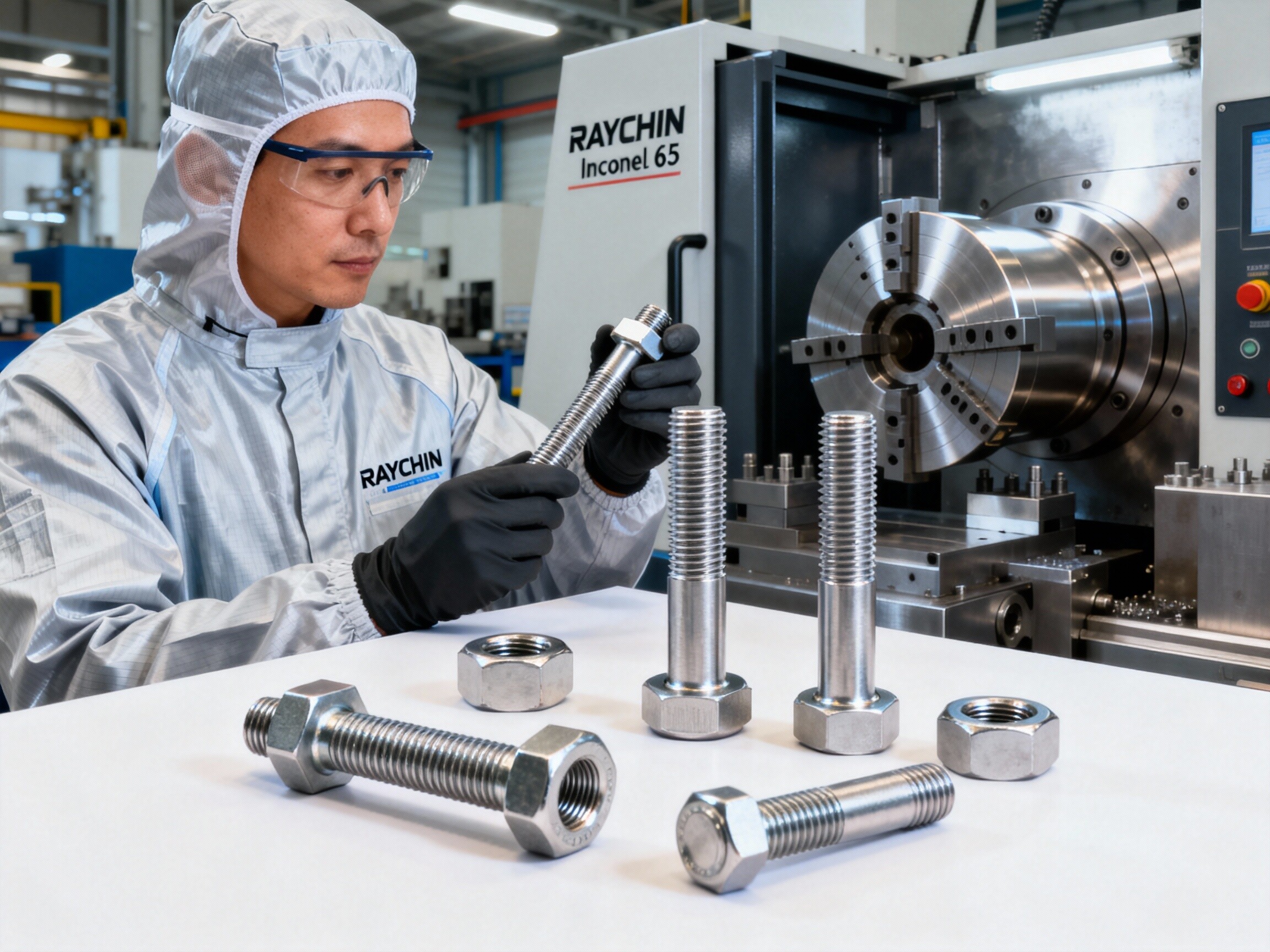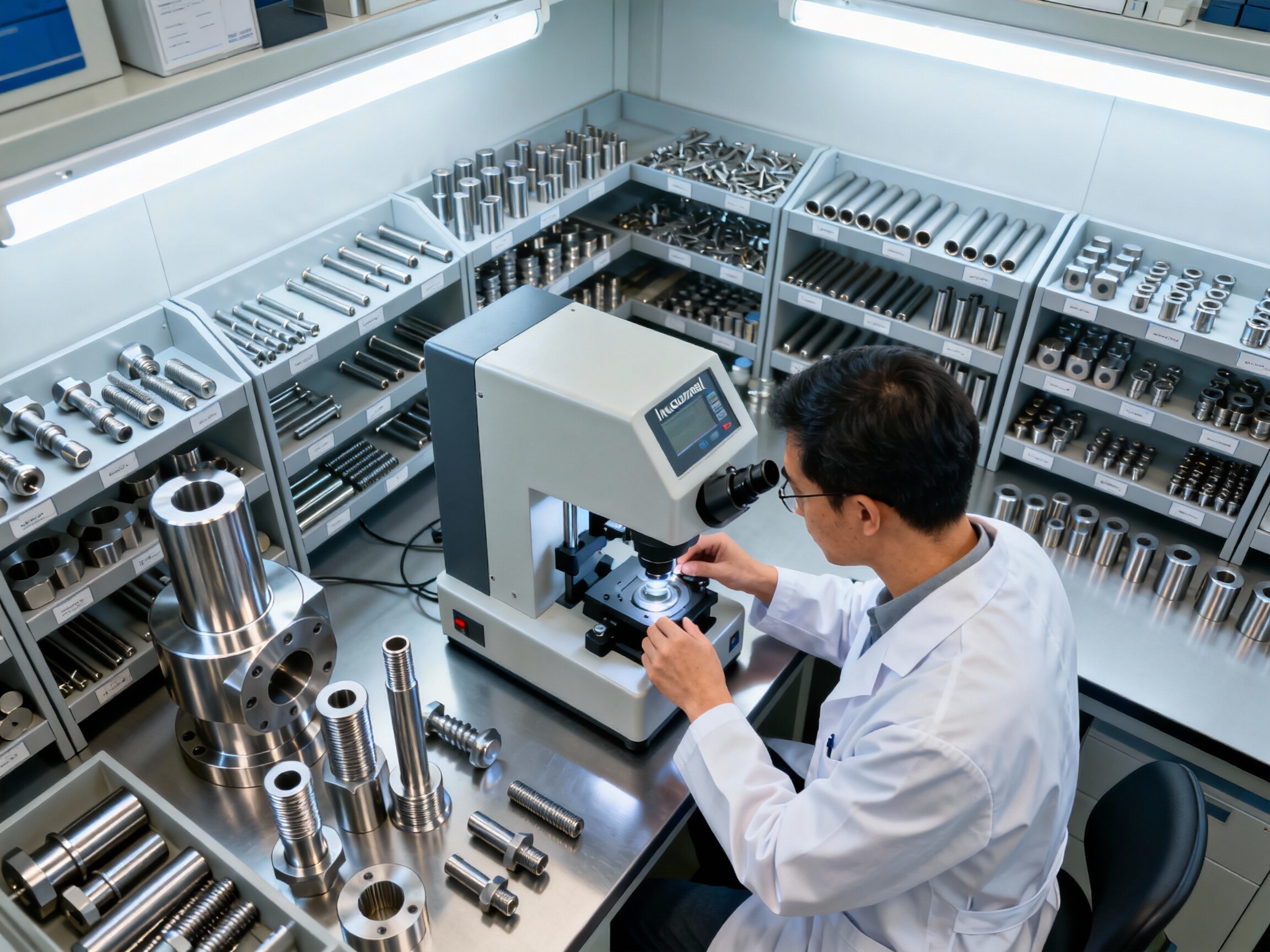Categories List
Due to its unique twelve-point head design and flange surface structure (which has the functions of preventing loosening and dispersing pressure), twelve-point flange bolts are widely used in many fields. Bolts of different materials are suitable for different environments and working conditions according to their mechanical properties, corrosion resistance, temperature adaptability and other characteristics. The following are common materials and their typical application areas:
1. Carbon steel (such as grade 4.8, grade 8.8, grade 10.9)
Features: low cost, moderate strength (high-strength bolts above grade 8.8), surface treatment (such as galvanizing, Dacromet) to improve rust resistance.
Application areas:
Automobile manufacturing: used for load-bearing parts such as engines, gearboxes, chassis (such as grade 8.8, grade 10.9).
Construction engineering: steel structure connection, bridge fastening (rust prevention treatment is required).
General machinery: equipment assembly, pipeline flange connection (flange surface can reduce the use of gaskets).
2. Alloy steel (such as 35CrMo, 42CrMo)
Features: high strength (12.9 grade), fatigue resistance, high temperature resistance (up to 300°C).
Application areas:
Aerospace: aircraft engines, landing gear and other high stress parts.
Energy equipment: wind power tower bolts, oil drilling equipment (need to resist vibration and impact).
Heavy machinery: key connections of mining machinery and engineering vehicles.
3. Stainless steel (such as A2-304, A4-316)
Features: corrosion resistance (especially A4-316 is resistant to acid, alkali and seawater), beautiful, but the strength is lower than alloy steel.
Application areas:
Chemical/marine: reactor, ship deck, seawater desalination equipment.
Food and medical: sanitary equipment (need to avoid rust pollution).
Outdoor facilities: humid environments such as coastal bridges and street lamp brackets.
4. Titanium alloy (such as Ti-6Al-4V)
Features: lightweight, high strength ratio, corrosion resistance, biocompatibility, but high cost.
Application areas:
Aerospace: weight reduction (such as satellites, rocket structures).
Medical implants: bone screws for orthopedic surgery (biocompatibility required).
High-end racing cars: key parts that pursue lightweight.
5. High-temperature alloys (such as Inconel 718, Hastelloy)
Features: extreme high temperature resistance (above 800°C), oxidation resistance and creep resistance.
Application areas:
Gas turbines: turbine blade fasteners.
Nuclear industry: reactor internal components.
Petrochemical industry: high temperature and high pressure pipeline flanges.
6. Aluminum/aluminum alloy (such as 6061, 7075)
Features: lightweight, good electrical and thermal conductivity, but low strength.
Application areas:
Electronic equipment: radiator, lightweight shell fixation.
Automobile lightweight: non-load-bearing parts (such as interior parts).
Aviation auxiliary structure: non-primary load-bearing components.
Selection points
1. Strength requirements: alloy steel or titanium alloy is selected for high stress environment.
2. Corrosive environment: stainless steel or titanium alloy is better than carbon steel.
3. Temperature range: nickel-based alloy is required for high temperature conditions.
4. Weight limit: titanium or aluminum alloy is preferred for aviation and aerospace.
5. Cost control: carbon steel + surface treatment is the most economical.
Advantages of flange surface design
Anti-loosening: the flange surface increases the contact area and reduces the risk of loosening.
Simplified assembly: gaskets can be omitted, suitable for space-constrained scenarios (such as automobile chassis).
In practical applications, it is also necessary to combine standards (such as ISO, DIN, ASTM) and working condition parameters (such as torque value, vibration frequency) for comprehensive selection.
Request A Quote! We'll respond as soon as possible(within 12 hours)
Get a Quote



